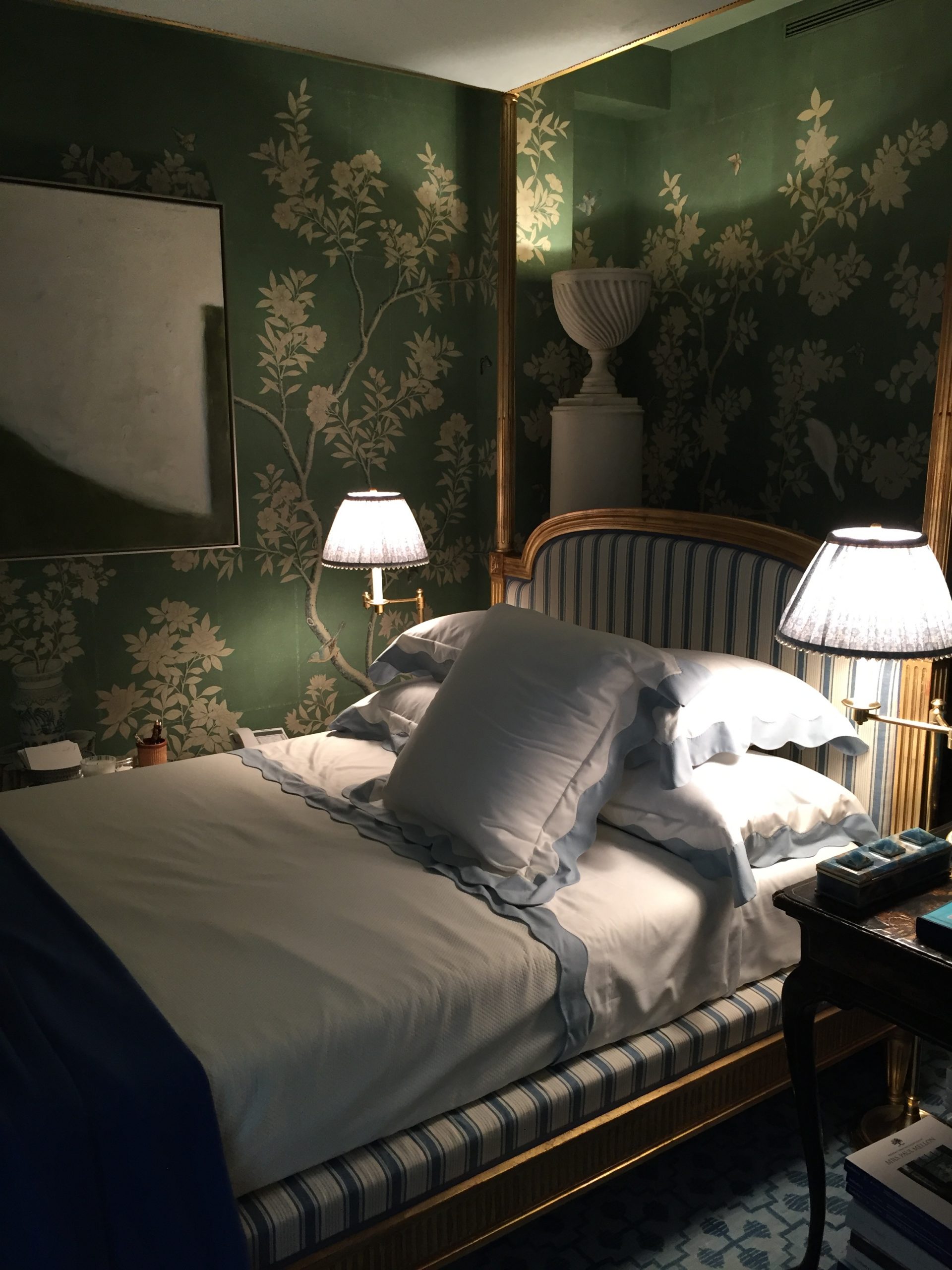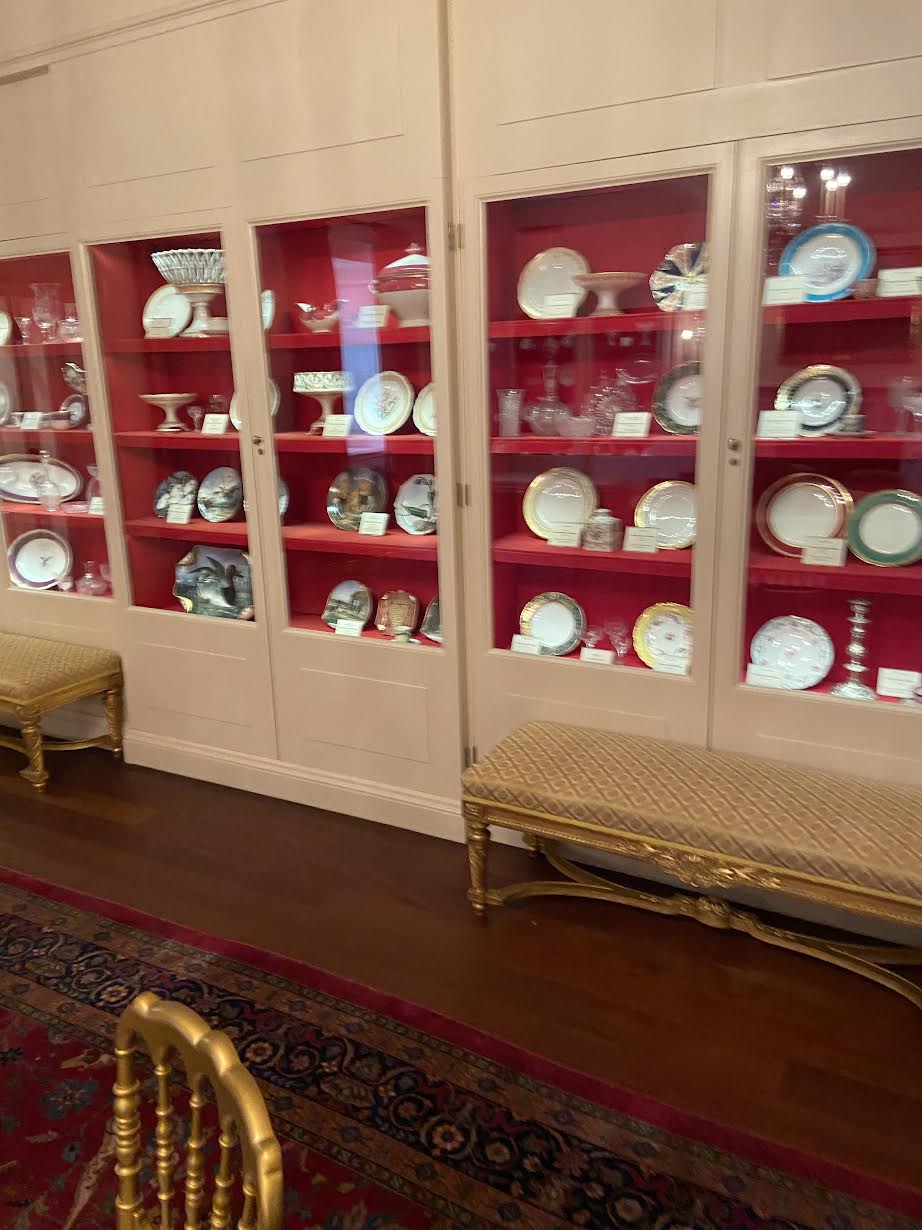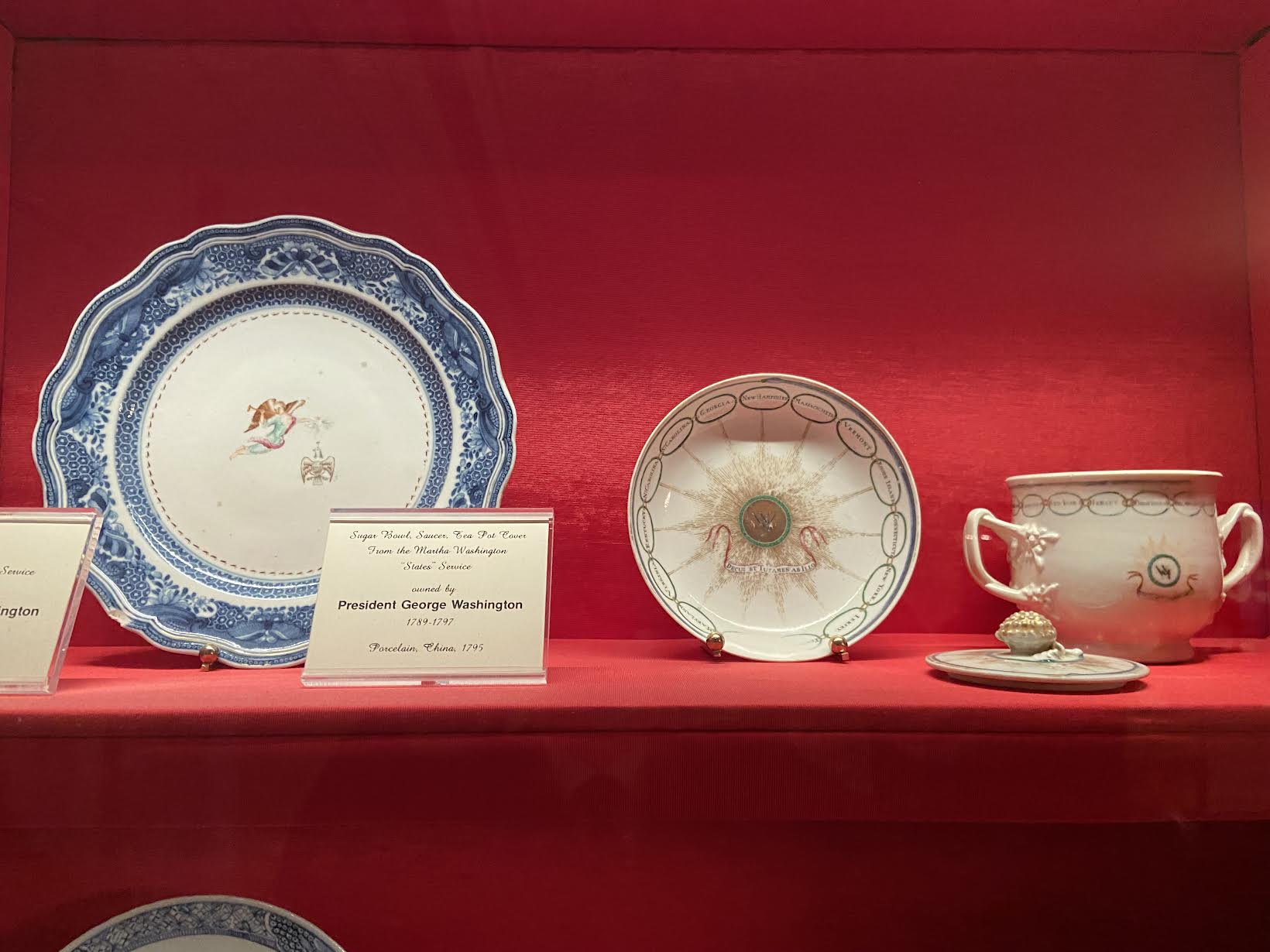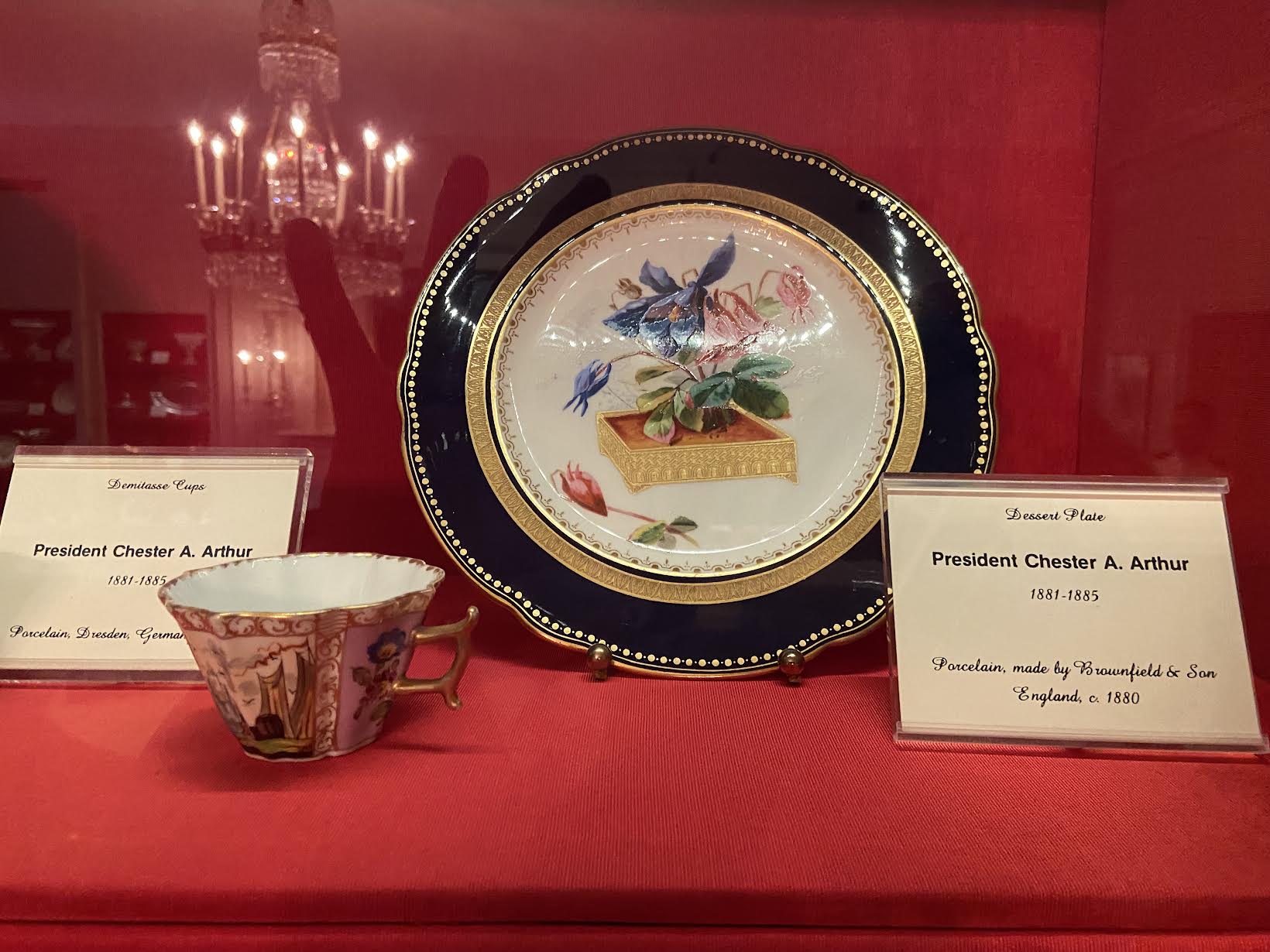We’re taking you inside some of the most beautiful homes to raise awareness for diabetes in a new way with our new podcast series, Divabetic Home Tours.
From the kitchen and bathroom to the family room and bedroom, diabetes affects all aspects of your home life.
We’re sprinkling between pictures of rooms with diabetes advice and videos from Homeworthy’s most gorgeous homes to spark your interest in self-care.

Welcome to the Divabetic House Tours: the Kips Bay Show House New York edition.

Celebrated interior designers transform a luxury Manhattan home into an elegant exhibition of fine furnishings, art, and technology each year. This event began in 1973 when several dedicated Kips Bay Boys & Girls Club supporters launched the Decorator Show House to raise critical funds for after-school and enrichment programs for New York City children. Over the decades, the project has become a must-see event for thousands of design enthusiasts and is renowned for sparking worldwide interior design trends.
Throughout our tour, enjoy Divabetic’s exclusive audio of wall-to-wall diabetes advice and conversations room-by-room to help you keep your house a home.

Start in our state-of-the-art kitchen and meet Jill Weisenberger RD, CDCES, who chats about how to make your food environment less stressful.
Outside stress triggers our drive for comfort food, including excess sugar-sweetened beverages and sweets such as baked goods. At the same time, during stressful moments, we tend to lower our intake of whole foods, fruits, and vegetables. This, in turn, leads to a higher risk of insulin resistance, excess visceral fat, and type 2 diabetes.
MaryAnn Nicolay talks about reading nutrition labels. One tip for people with diabetes or prediabetes is to focus on the total carbohydrates, dietary fiber, and calories to help reach your health goals.
Plus, before you, treat yourself to Paulette McWilliams’ soulful song, Mama’s Kitchen Table.
Gospel Singer Pat Lacy shares how she practices portion control. One option is to reduce your carbohydrate portion sizes and keep them to less than a quarter of your plate. Still hungry? Fill up on green vegetables and eat lean protein and healthy fats instead.
Foods high in good fats include vegetable oils (such as olive, canola, sunflower, soy, and corn), nuts, seeds, and fish.

Stroll through the spacious family room where Lorraine Brooks and Rachel Zinman get comfy on the sofa and talk about the feelings related to managing diabetes in today’s world.

Clarence Waldron tells how acting F.A.S.T. after experiencing a stroke was the key to his recovery.
Don’t leave before clicking on the LINK to share a free pre-diabetes test with our loved ones.
The Center for Disease Control offers a National Diabetes Prevention Program to help people with prediabetes make lasting lifestyle changes to prevent or delay type 2 diabetes.

Relax in the luxurious spa-inspired bathroom, where you can pick up tips from beauty and style tips experts and find out how diabetes can affect your skin, hair, and teeth.

For instance, hair loss can be a symptom of type 1 and type 2 diabetes. Experts believe it is caused by hormonal imbalances, poor circulation due to hyperglycemia, or an autoimmune disorder. Hair loss can often be reversed with medications and by tighter blood sugar management.

Falling can be a concern if you live with diabetes and have peripheral neuropathy or nerve damage (loss of sensation in the feet, legs, and hands), retinopathy (damaged blood vessels in the eyes), and hypoglycemia (low blood sugar).
Mama Rose Marie offers an easy tip for anyone afraid of falling in the shower.

Crawl into bed for some pillow talk on addressing and overcoming intimacy and sexual health concerns.
Even though people with diabetes are at a higher risk for sexual problems, a study in Diabetes Care found that only about half of all men with diabetes and 19 percent of women with diabetes have broached the topic with a doctor.

Dr. Janis Roszler PhD opens our eyes to what intimacy can mean for people affected by sexual health issues related to diabetes.
Many men with erectile dysfunction, for instance, later learn that they have diabetes. For people with diabetes, sexual problems can indicate nerve damage, blocked arteries, and even out-of-whack hormones.
Ambrice Miller founded Relic Interiors, a dealing company that curates incredible art, antiques, and beautifully handcrafted furniture. She gives a tour of her English countryside home.
Men and women experience low libido as a result of poorly managed diabetes. If your sex drive is stalled, look at your diabetes management and take steps to lower your blood glucose levels. Then, consider your medications. Certain drugs, such as antidepressants, can reduce sexual desire, so be sure to talk to your doctor.
Divabetic’s Sweet Romance: A Woman’s Guide To Love And Intimacy With Diabetes is available on Amazon

Finally, if you don’t stumble on any surprises, crawl into bed for guidance on overcoming sexual health and intimacy concerns.
Plus, at the end of the tour, you can get a copy of Divabetic’s Top Questions to discuss at your next Doctor’s visit.
Divabetic: It’s All About Attitude!
This Homeworthy episode features the beautiful Connecticut home of renowned interior designer Bunny Williams. Bunny graciously invites us to tour her 1860s Falls Village home and discover her converted barn that was originally a garage, but is now filled with many of her and her husband John Rosselli’s extraordinary antiques.













